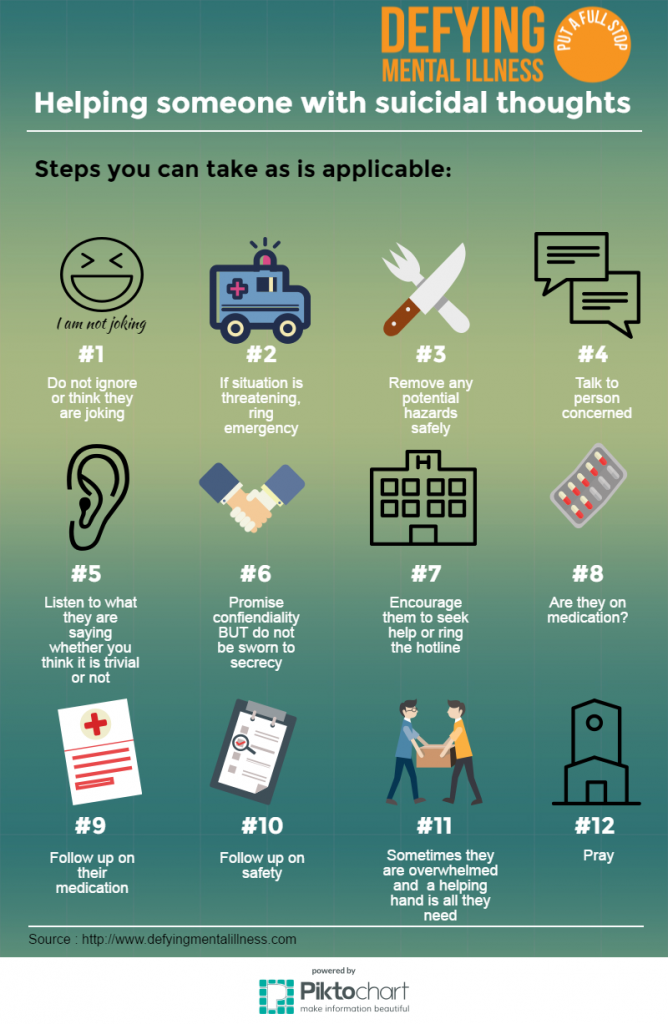How Do Psychiatric Crisis Stabilization Units Work
How Do Psychiatric Crisis Stabilization Units Work
Blog Article
How Does Dilemma Intervention Job?
The initial step in situation intervention involves making sure that the client is risk-free. This can include examining for elements like frustration or access to hazardous objects.
The next action includes finding out more about the customer's present problems. This is often done via active listening and compassion. This can assist the dilemma -responder determine how the scenario escalated to a crisis.
De-escalation
Several elements can cause a person to enter a state of situation. These elements may entail a loss of control, lack of resources or sensations of worry and anxiety. Generally, individuals who remain in a state of dilemma require instant help and assistance.
To de-escalate a dilemma situation, the initial step is to make certain that the client is secure and safe. This can include obtaining them right into a psychological health center or other therapy program. It might likewise entail offering assistance and services, such as sanctuary and food.
When the customer is safely in a secure environment, the situation intervention employee can begin evaluating their feelings and requirements. This entails evaluating the speeding up event, the client's assumptions of the meaning and factor of the incident, and the quantity of subjective distress. This details will aid the crisis intervention employee develop an activity strategy to lessen distress and improve working. They might additionally ask the client to suggest healthy and balanced or adaptive cognitions about their existing situation.
Connection structure
Relationship is a soft ability that assists you build count on and develop two-way communication. It is likewise a crucial part of structure connections at the workplace. It's a needed ability for all employee, yet it's especially crucial for customer-facing professionals and individuals in management placements.
Connection structure includes producing a secure, nonjudgmental room where clients can review their feelings and share their experiences. It focuses on empathy, validation and practical assistance. It also aims to encourage customers by supplying info concerning local sources and services, such as situation therapy or walk-in facilities.
Some clients are reluctant to discuss sensitive or personal subjects, so it is very important to take their lead. It is likewise recommended to ask questions that are clear and succinct. By doing this, clients will recognize what is being stated and can feel comfy sharing their ideas and feelings. It's additionally handy to encourage clients concerning high quality reading product that can help them take care of their crises.
Analytic
The analytical process aids people recognize troubles and make plans to address them. It is an essential part of dilemma intervention. This procedure includes evaluating lethality, developing connection, and discussing the crisis circumstance. It also consists of active listening and compassion. This type of listening is a necessary action substance abuse counseling in the dilemma treatment process since it requires you to place the client and their sensations first. It additionally motivates you to remove any kind of prejudices and judgment that can obstruct of establishing a relying on connection.
It is essential to evaluate the customer's perception and analysis of the event that brought about the dilemma. The crisis worker must work to recognize and deal with cognitive mistakes and help the customer develop a more flexible frame of reference. This may involve discussing favorable coping strategies, which can be helpful in decreasing the level of distress. It can additionally include exploring different coping methods that the client might have tried.
Follow-up
Throughout this action, the dilemma treatment employee assists clients recognize their resources and support group. They likewise urge the client to make use of adaptive coping strategies. They additionally reframe their negative thinking patterns and help them develop practical frames of reference for the scenario.
In this step, the crisis worker validates the customer's emotions and experiences and guarantees them that they will improve. This step also consists of developing an unconditional favorable regard for the customer and revealing that they appreciate them.
It is necessary for the customer to feel risk-free and comfy. To achieve this, the dilemma therapist have to show empathy and energetic listening abilities. After that, they have to help the client determine any type of triggers for self-destructive ideas. Finally, they must offer a follow-up plan to avoid self-destruction and deal references if essential. To apply this model, counselors need a documenting service that enables them to remember swiftly and successfully. This permits them to concentrate on their customer's demands rather than navigating a complicated paperwork system.